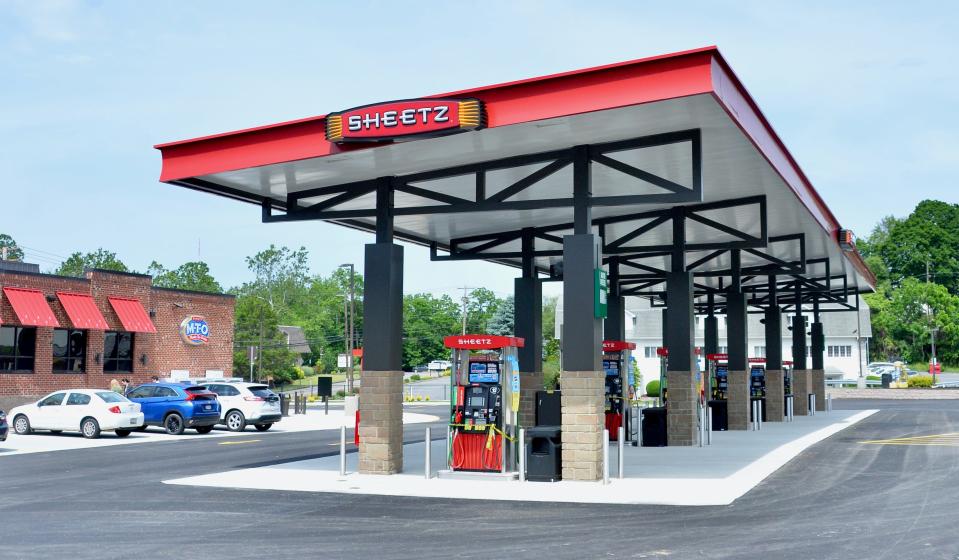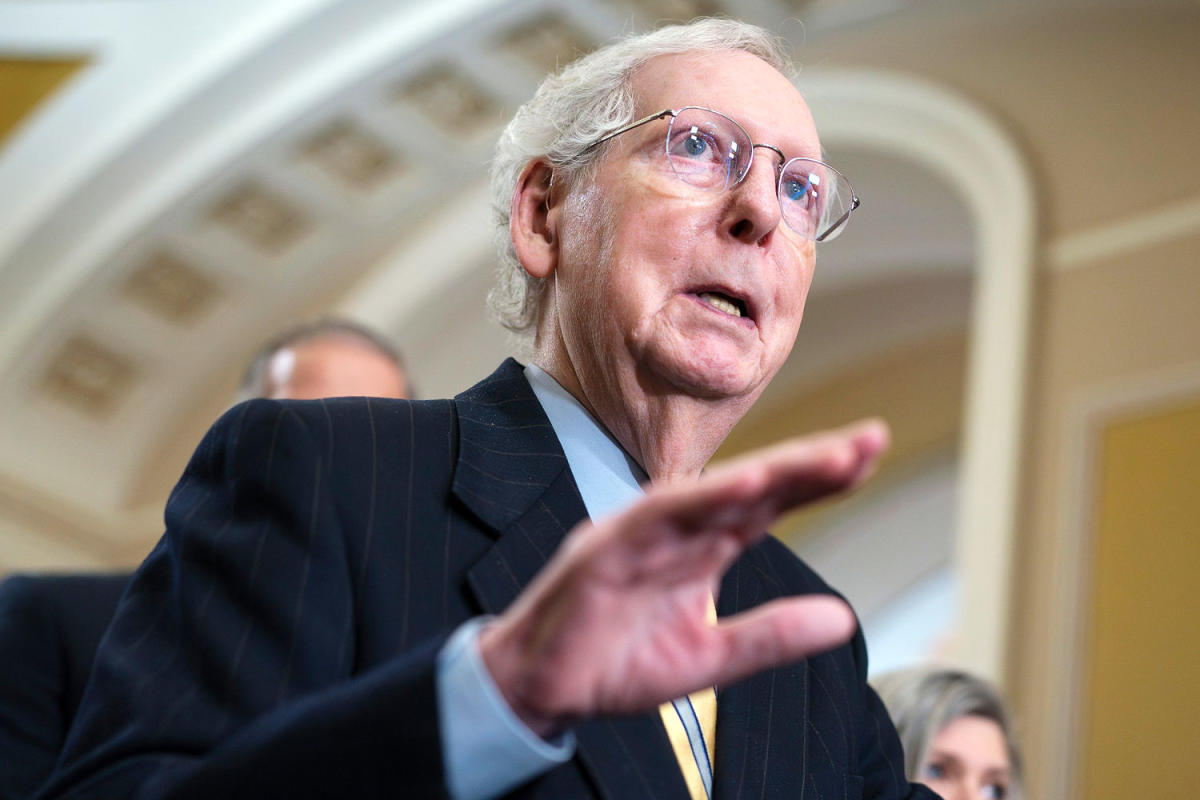The bathrooms in Ben McLane’s barracks haven’t worked for the last three years. It’s just one of several “embarrassing” problems with the living quarters offered by the US government to the federal fire captain’s poorly paid crew. Along with having to rely on portable toilets, this season his firefighters have also had to grapple with bed bugs and rodent infestations.
Issues like these are common in the dilapidated and aging facilities that federal land management agencies rent out to many of their workers across the US. It’s a problem felt particularly by federal firefighters, who get by on incomes as low as $15 an hour.
Priced out of local rentals or deployed to remote duty locations, many are forced to choose between the overcrowded, substandard government barracks, or spending the season living outside in their tents or trucks where there’s little reprieve from extreme weather or ashen air. Sometimes they don’t have a choice. Even the dingy units are in short supply in areas where firefighters are needed most.
A recent survey by the organization FiredUp! found that 86% of respondents have lived in their cars, crashed on couches or stayed in campgrounds while they fight fire, due to a lack of available housing or financial constraints.
As another long and dangerous fire season looms, leaders like McLane worry that housing woes will continue to exacerbate what’s already been described as an “exodus” of federal firefighters from the workforce. Federal agencies are struggling to retain and refill their ranks, leaving landscapes and communities at greater risk and fewer firefighters to pick up the slack as people with experience and expertise walk out the door. Areas that are most fire prone are also some of the most expensive – from California cities to remote luxury tourist towns such as Jackson Hole – and many firefighters cite housing as a reason for walking away from the work.
In a job that already takes a severe mental and physical toll, substandard living has only added to the strain. Meanwhile, wildfires are becoming harder to fight, budgets are bursting at the seams and the sprawling federal bureaucracy tasked with managing public lands are struggling to keep up.
“It is a symptom of a much bigger problem,” McLane said.
Strained budgets, dilapidated housing
Riva Duncan, a retired US Forest Service (USFS) fire officer and vice-president of the Grassroots Wildland Firefighters advocacy group, said substandard government housing has been an unaddressed problem for decades. Now, it’s getting worse.
Detailing housing horrors from her own career – including desks covered in mouse poop; furniture covered in stains; and decrepit, outdated structures filled with holes and faulty appliances – she said many of the facilities she experienced years ago have yet to be updated.
The USFS is the federal agency that employs the greatest number of federal firefighters, and is also the administrator for a variety of housing options on offer to them. These include bunkhouses, barracks, cabins, condos and even Fema trailers.
However, several firefighters said the sprawling bureaucracy in federal agencies makes for slow progress on repairs, with layers of approval required to upgrade properties.
Faced with a sprawling backlog of repairs across public lands, including in high-traffic sites in national parks and national forests, priorities can also quickly shift when the budget gets tight. Funds that should go toward updating firefighter housing units – such as cash raised from firefighters’ rent – are often spent on roads and recreational facilities instead.
“It’s the classic robbing Peter to pay Paul,” Duncan said, noting the rising totals of delayed infrastructure repairs known as the “deferred maintenance backlog” – a sum calculated at $8.6bn for the USFS.
The amount includes far more than just housing projects, but as firefighters wait years for repairs to be approved, many feel their needs are pushed to the back burner. Meanwhile, housing costs continue to rise.
The vast majority of firefighters surveyed in January by FiredUp! – a whopping 96% – responded that more affordable housing options would help stem the exodus from the field. Roughly 81% said there are not adequate units available for everyone who needs it. Survey respondents offered a long list of problems with the federal housing stock, including unreliable sewage and safe water, and a lack of air conditioning, laundry facilities and internet access.
“Many report the presence of mice, mold, lead, asbestos, arsenic and other environmental health risks, which in some locations are serious enough to close down housing sites,” according to the findings. Respondents were also concerned about a lack of willingness from agencies to repair or fund upkeep and some said they were even doing the work themselves.
For those with families in tow, there are even fewer options – more than 94% of respondents said that there weren’t enough offerings or the units were in such disrepair that they couldn’t accommodate living with their spouses and children.
Substandard housing or opting to forgo housing altogether isn’t just an inconvenience – it can be downright dangerous. After weeks on the fire line, firefighters who spend their few days off sleeping on the ground or in their cars with limited access to showers and bathroom facilities have “no way to really rest and relax”, Duncan added. “These all have direct effects on mental health and fatigue, which impact the work.”
‘A system that has failed’
Morgan Thomsen, a firefighter, has been on the job since 2003, and now divides his time with advocacy as a National Federation of Federal Employees (NFFE) union representative. He’s currently sharing a small house in a rural area near Jackson Hole with 12 other federal employees who can’t afford the average $3,000 a month unit. “It clearly wasn’t designed to have that many people,” he said. “This is the second ski town I have worked in where there is no way in hell anyone can afford housing.”
Thomsen was well-aware of the sacrifices federal wildland firefighters have to make going into the line of work coming from a family in the field. His parents worked for the forest service decades ago. But since then, he said, firefighting and land management needs have changed. The agencies have struggled to keep up.
After a century of bad land management decisions that prioritized timber harvesting and suppressed healthy flames in the forests, the overgrown landscapes are now fueling a new kind of fire. The climate crisis has turned up the heat, sparking new dangers that eat through budgets and require new strategies to quell. Now tasked with managing far larger and more complicated firefighting workforces, the federal government is failing to supply enough resources and lacks the nimbleness needed to rise to the growing challenge.
“It’s like if you had a mom-and-pop store that is suddenly trying to move the amount of product Costco is moving – it hasn’t worked out very well,” Thomsen said.
Land management agencies including the USFS are well aware of housing problems, and have looked to Congress to provide badly needed resources.
“Housing affordability and accessibility is a major concern,” USFS spokesperson John Winn said in an emailed statement. He also pointed to a housing survey recently conducted by the NFFE that found nearly half of respondents from the forest service had experienced homelessness due to “the lack of available government or private rentals, and the poor quality of the housing that was available”.
The forest service has begun partnering with local communities to expand affordable options, leasing land for housing development, and officials have been outspoken about the issue.
In 2021, Joe Biden instituted a temporary pay bump and ensured wages couldn’t dip lower than $15 an hour. Using funds from the bipartisan Infrastructure Act, federal firefighters got a bonus of the lesser of $20,000 a year or 50% of their base pay, which eased some of the strain. The president’s fiscal year 2024 budget request built on the bonus, adding $72m to support increases and improvements to housing for wildland fire personnel, along with funding to expand the workforce and invest in better mental and physical health improvements.
The boost in pay was only intended as a salve to stem a mass exodus and buy legislators time to codify a fix. Long-term solutions have languished in a divided Congress that keeps kicking the can down the road as proposed bills in support of wildland firefighters stalled for years.
“We know we have a ways to go, and we are hopeful that these permanent pay reforms can be implemented in the near future,” Winn, the USFS spokesperson, said. “Quality and affordable housing is a high priority for us.”
Even with a temporary bump in pay, officials have warned that the number of federal firefighters – which stands at more than 15,000 – is insufficient “to meet the needs of the ongoing wildfire crisis”. And $15 an hour doesn’t go far in many of the areas firefighters are asked to work. A member of an elite helicopter unit in Arizona, who fell into that pay grade, previously told the Guardian he had to rely on food stamps to stay afloat.
Like Thomsen, McLane sees the firefighter housing crisis as a symptom of a larger problem that the federal government has for too long ignored. Managing housing is just one piece of this puzzle, but one that weighs heavy on firefighters and their families that are desperately trying to make ends meet.
“We are continually trying to band-aid a system that has failed,” he said. “Until we stop doing that and we actually change the operating system we are working with, we are throwing money at the wind.”
But, he’s optimistic. He has to be, he said, to do this kind of work. What keeps him going is seeing the men and women on the line with him, making sacrifices to keep communities safe.
“We have to, as a society, keep these people in the pool,” he said, noting that Congress has to be convinced by their constituents that supporting and retaining these firefighters is vitally important. “People who do this kind of stuff in the name of service to the natural world and the communities around them – they matter,” he said. “We should value them.”
Signup bonus from





